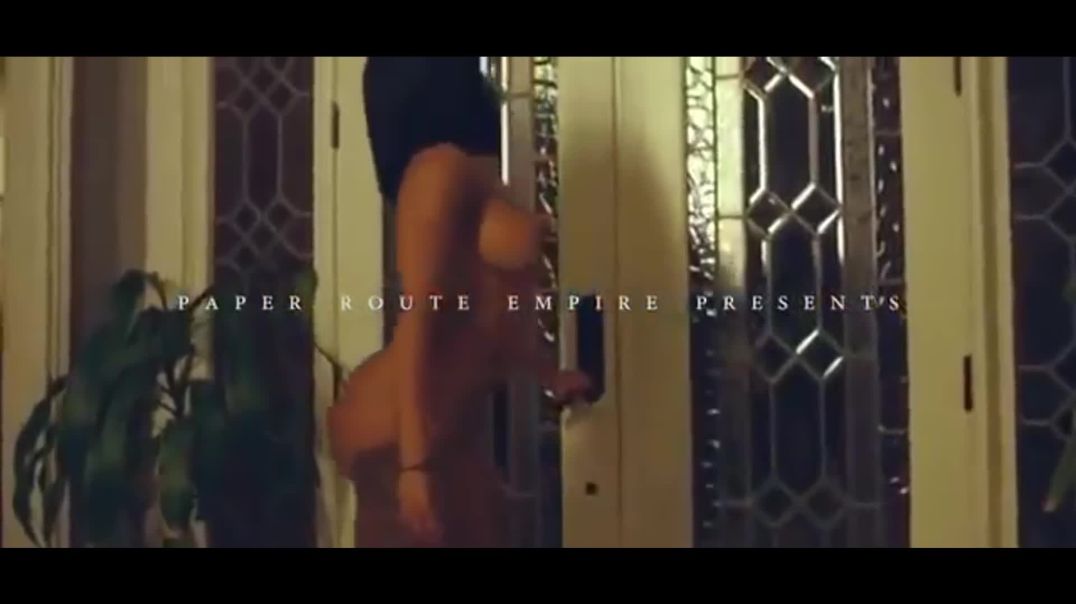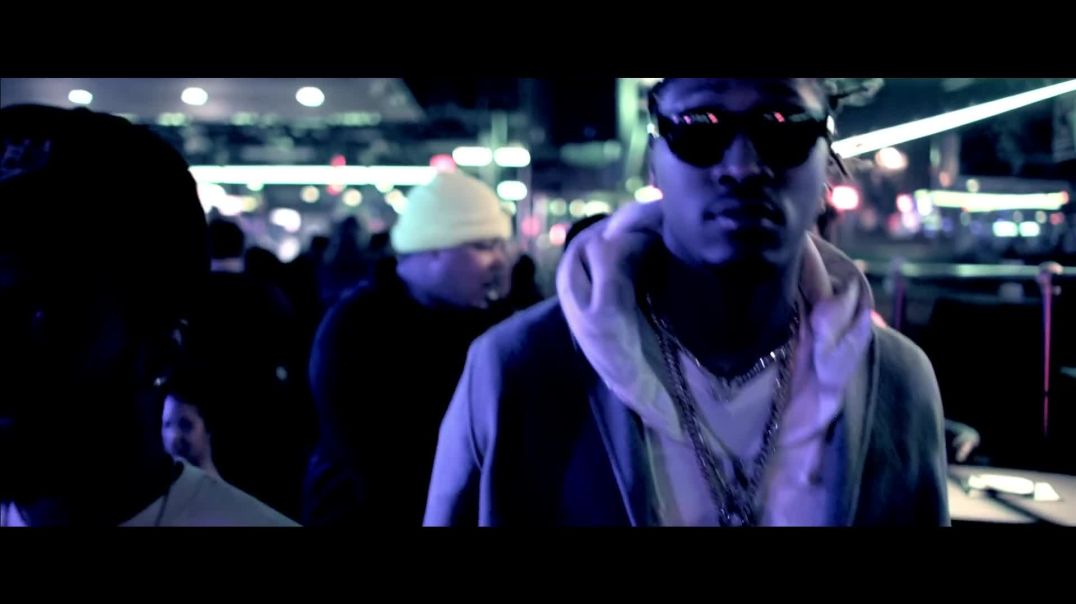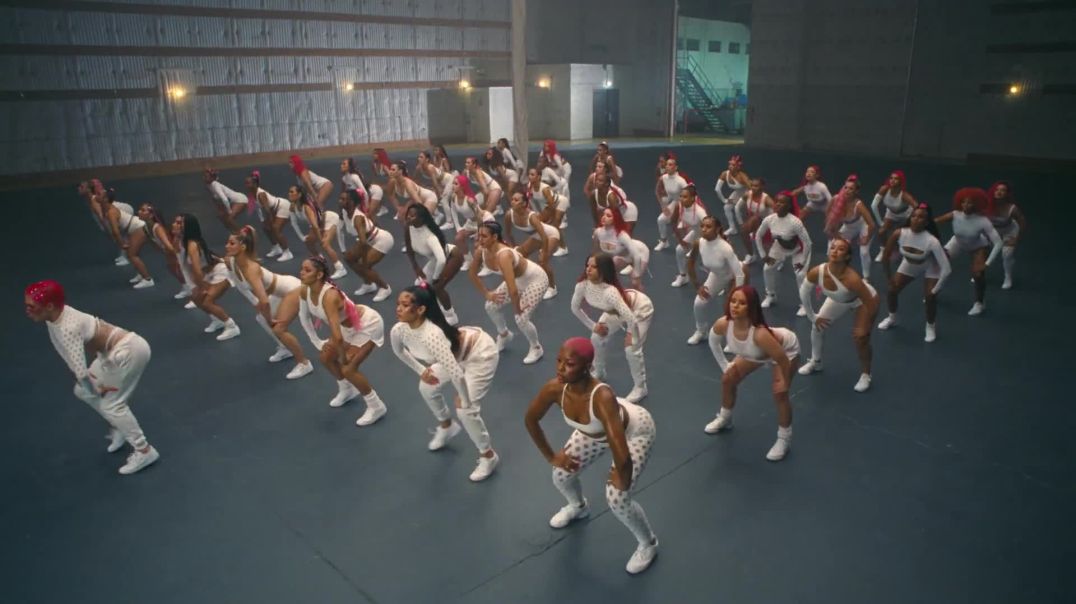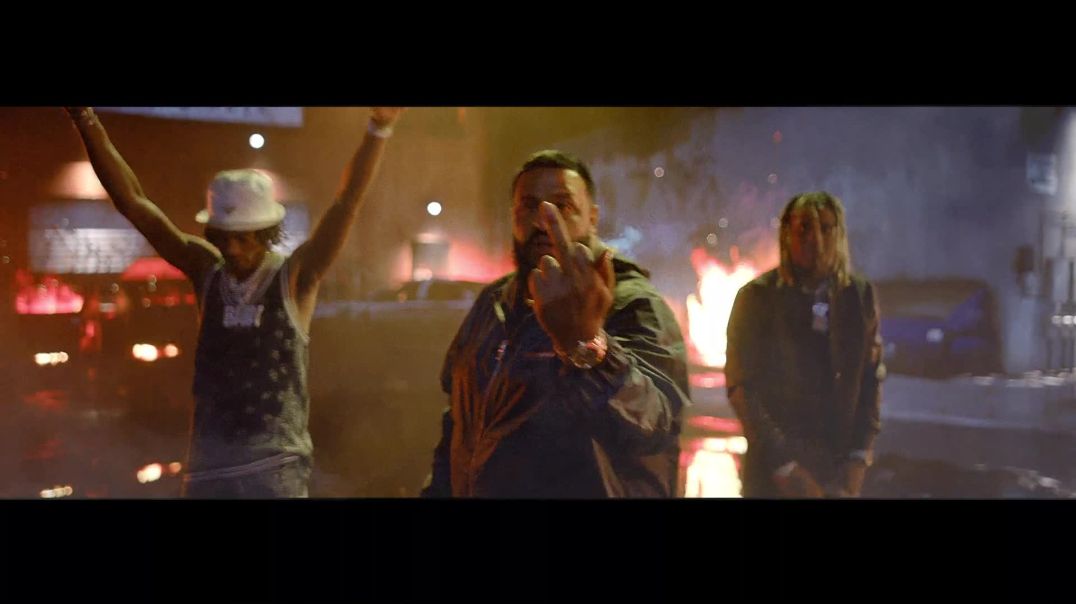- Movies & TV Shows
- Music
- Pets & Animals
- Sports
- Travel & Events
- Gaming
- People & Blogs
- Comedy
- Entertainment
- News & Politics
- How-to & Style
- Non-profits & Activism
- Trailer
- Anime
- Health & Fitness
- Automobile
- Real Estate
- Electronics & Appliances
- Ebook
- Dating
- Services
- Law & Order
- E-Learning
- Movies
- TV Shows
- Audio
- Light & Dark World
- GOD Music
- Graphics & Design
- Digital Marketing
- Writting & Translation
- Video & animation
- Programming & Tech
- Business & Investment
- Lifestyle
- SEO Analytics
- Chrismas
- Master Dance
- Twerk Style War
- Autoresponder
- Email Marketing
- Funnels
- Page Builder
- Astrology
- Other
6 Ways to Edit Any Scene — Essential Film & Video Editing Techniques Explained [Shot List Ep. 10
Ultimate guide to film and video editing techniques, including eyeline match, cross cutting, eye trace, j cut and l cut, intellectual montage, and cut on action.
Ultimate Guide: Editing Techniques ►► https://bit.ly/sl-ed
View Editing Techniques Storyboards ►► https://bit.ly/et-stb
What is a Jump Cut? ►► https://bit.ly/wh-jc
StudioBinder Blog ►► http://bit.ly/sb-bl
─────────────────────
Chapters:
00:00 - Intro — Editing: Creative Uses of the Cut
01:32 - Walter Murch & The Rule of Six
02:46 - Eyeline Match
05:55 - Cross Cutting
07:57 - Eye Trace
10:13 - Split Edit
13:14 - Intellectual Montage
15:40 - Cut on Action
17:54 - Honorable Mentions and FREE Reference Shot List
─────────────────────
Film editing is a language that started with the simple cut over a century ago. Since then, film and video editing techniques have turned that language into poetry. In this episode of The Shot List, we’re looking at the major film editing and video editing techniques that can be used when editing a scene. These techniques include eyeline match, cross cutting, eye trace, split edits, intellectual montage, and cut on action. We’ll explain how to edit video using these techniques and what they bring to the storytelling process.
First up is the eyeline match — where a character’s eyes guide the edit. If we see a character notice something off-screen, our immediate response is “What are they looking at?” Most of the time, the editor complies and cuts to match the character’s eyeline (not only what they see but from their literal or general perspective).
In film editing, cross cutting (or intercutting) is essentially weaving two or more scenes into one. The classic example of cross cutting is the baptism scene in The Godfather as we watch Michael become “The Godfather” twice over — to his sister’s child and to the Corleone family as we watch his men assassinate his rivals.
One bit of film theory from legendary editor Walter Murch is called eye trace. To help the viewer along, eye trace suggests to cut between shots when the area of focus is in the same spot. That way, the viewer can stay focused on the moment, especially when rapidly cutting through action scenes.
A hard cut is when both the sound and image are switch simultaneously to the next shot. But a split edit allows for the sound or image to switch before the other. These are known as either the J cut or the L cut — based on the way they look in a film editing timeline. These techniques are useful in dialogue scenes to help pace out the conversation and allow for reaction shots.
Intellectual montage is a fascinating bit of editing theory that suggests that when presented with two images back-to-back, the viewer will search for a connection between them. When deployed strategically, filmmakers can create meaning through juxtaposition that wouldn’t otherwise be there.
And, finally, much of movie editing is built around the cut on action — when a cut is made within a character or object’s movement in the frame. Rather than creating a chaotic onslaught of fragmented punches and kicks, the cut on action creates a more seamless flow.
These are the essential film editing and video editing techniques that editors use all the time. And as soon as you master these video editing tips and tricks, you’ll be able to speak that language fluently.
#FilmTheory #VideoEssay #Filmmaking
─────────────────────
♬ SONGS USED:
"Spicy Boi" - Falls
"Origin" - David A Molina
"Mining The Data" - Fairlight
"Phife Theory" - Falls
"Square Escape" - Hans Zimmer / No Time to Die OST
"Triboro" - Falls
"The Agoge" - Tyler Bates / 300 OST
"War Paint" - Rhythm Scott
"The Radiogram" - Bernard Herrmann
"War Banner" - Cody Martin
"Mercury" - Alon Ohana
"Spikey Cars" - Junkie XL / Mad Max: Fury Road OST
"Bang Bang" - Joe Cuba
"The Plan" - Joe Kraemer / Mission: Impossible - Rogue Nation OST
"Crimin' & Dealin'" - Clint Mansell / Requiem for a Dream OST
"Tense" - Clint Mansell / Requiem for a Dream OST
"Nightmare" - Lost Ghosts
"Discovery" - Nicholas Britell / Don't Look Up OST
"Main Title Theme" - Nicholas Britell / Don't Look Up OST
"Memento Mori" - Nicholas Britell / Don't Look Up OST
"Love the Glove" - Michael Giacchino / Mission: Impossible - Ghost Protocol OST
"Drumming Free" - Airstream
"I Know Kung Fu" - Don Davis / The Matrix OST
"Battle Dance" - Rhythm Scott
"Midnight Daydream" - Cinerama
"We Belong to the Night" - Hill
Music by Artlist ► https://utm.io/umJx
Music by Artgrid ► https://utm.io/umJy
Music by Soundstripe ► http://bit.ly/2IXwomF
Music by MusicBed ► http://bit.ly/2Fnz9Zq
─────────────────────
SUBSCRIBE to StudioBinder’s YouTube channel! ►► http://bit.ly/2hksYO0
Looking for production management solution for your film? Try StudioBinder for FREE today: https://studiobinder.com/pricing
— Join us on Social Media! —
Instagram ►► https://www.instagram.com/studiobinder
Facebook ►► https://www.facebook.com/studiobinderapp
Twitter ►► https://www.twitter.com/studiobinder























